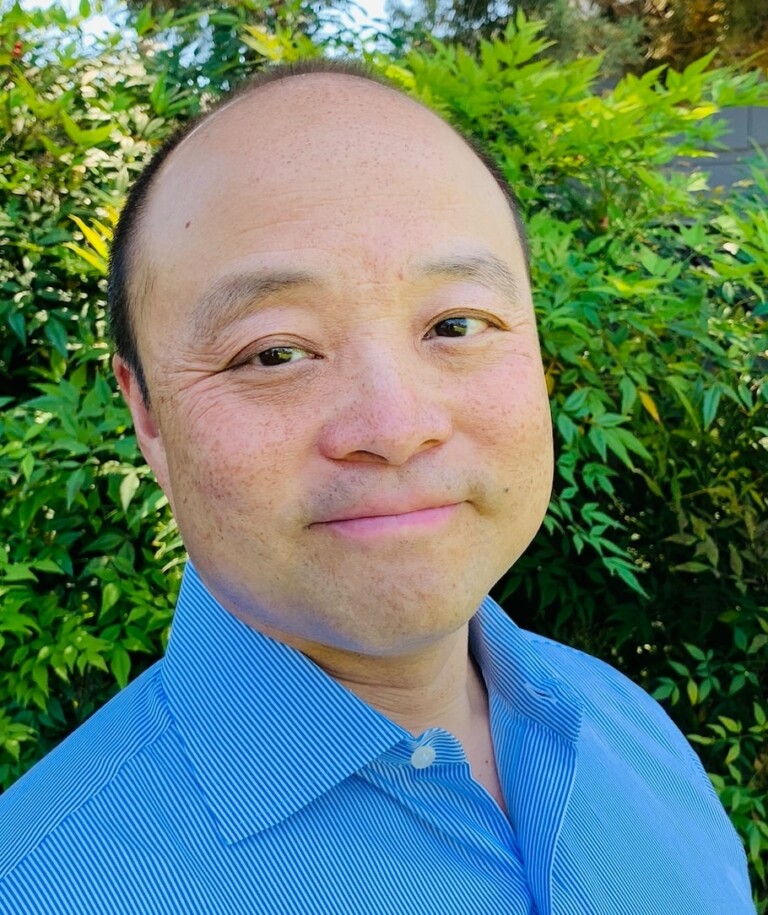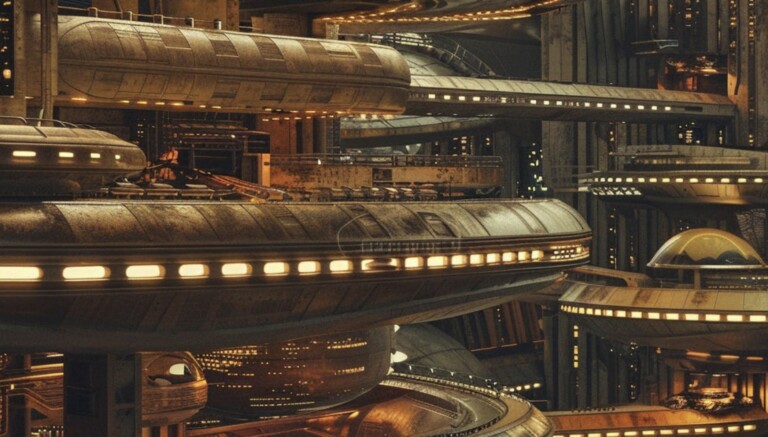Breakthrough EUV lithography Technology | NextBigFuture.com
There is a new type of EUV lithography using only four reflective mirrors overturns conventional technology and will contribute to advanced semiconductors at 7nm and below.
Professor Tsumoru Shintake of Okinawa Institute of Science and Technology (OIST) has proposed an extreme ultraviolet (EUV) lithography technology that surpasses the standard in semiconductor manufacturing.
EUV lithography based on this design can work with smaller EUV light sources, reducing costs and dramatically improving reliability and lifetime of the machines. It also consumes less than one-tenth the power of conventional EUV lithography machines, helping the semiconductor industry become more environmentally sustainable.
This technology has been made possible by solving two issues that were previously considered insurmountable in this field. The first involves a novel optical projection system consisting of only two mirrors. The second involves a new method to efficiently direct EUV light onto logic patterns on a flat mirror (the photomask) without blocking the optical path.
Challenges surrounding EUV lithography
The processors making artificial intelligence (AI) possible, low-power chips used in mobile devices like cell phones, and high-density DRAM memory used in machines that have become indispensable in our daily lives – all these advanced semiconductor chips are manufactured using EUV lithography. However, the production of semiconductors is challenged by the high-power consumption and complexity of the equipment, which dramatically increases the cost of installation, maintenance, and in power consumption. As Prof. Shintake puts it, “This invention is a breakthrough technology that can almost completely solve these little-known problems.”
Significant reduction in power consumption
EUV energy weakens by 40% with each mirror reflection because of its very high absorbency. In the industry standard, only about 1% of the energy from the EUV light source reaches the wafer through the 10 mirrors used, which means that a very high EUV light output is required. To meet this demand, the CO2 laser drive for the EUV light source requires a large amount of electric power, as well as a huge amount of water for cooling.
In contrast, by limiting the number of mirrors to just four in total from EUV source to wafer, more than 10% of the energy makes it through, meaning that even a small EUV source with an output of a few tens of watts can work just as effectively. This can lead to significant reduction in power usage.
Two challenges overcome
The projector at the heart of EUV lithography, which transfers the photomask image onto the silicon wafer, consists of only two reflective mirrors, like an astronomical telescope. “This configuration is unimaginably simple, given that conventional projectors require at least six reflective mirrors. This was made possible by carefully rethinking the aberration correction theory of optics. It is a triumph of classical physics before quantum physics,” explains Prof. Shintake. “The performance has been verified using optical simulation software (OpTaliX) and it is guaranteed to be sufficient for the production of advanced semiconductors.”
Professor Shintake solved the problem by devising a new method of illumination optics, named the ‘dual line field’, which irradiates a flat mirror photomask with EUV light from the front without interfering with the optical path. Professor Shintake explains: “If you hold two flashlights, one in each hand, and aim them diagonally at a mirror in front of you at the same angle, then the light from one flashlight will always hit the opposite flashlight, which is unacceptable in lithography. But if you move your hands outward without changing the angle of the flashlights until the middle is perfectly lit up from both sides, the light can be reflected without colliding with the light from the opposite flashlights.” Since the two light sources are symmetrically positioned and illuminate the mask at the same angle, on average the mask is illuminated from the front. This also minimizes mask 3D effects. “It’s like the egg of Columbus,” explains Prof. Shintake, “in that it may seem impossible at first glance, but once solved, it becomes very simple.”
The global EUV lithography market is expected to grow from 8.9 billion USD in 2024 to 17.4 billion USD in 2030, with an average annual growth rate of approximately 12%.
Arxiv – Can we improve the energy efficiency of EUV lithography?
This paper discusses a simple, low-cost, highly efficient two-mirror projector with a simplified illumination system. The EUV source power can be reduced by 1/10 compared to the current six-mirror EUV projector system. The required EUV power is 20 watts for process speed of 100 wafers per hour. The proposed in-line projector achieves 0.2 NA (20 mm field) and 0.3 NA (10 mm field), which can be assembled in a cylindrical tube configuration similar to a DUV projector, providing superior mechanical stability and easier assembly/maintenance. The EUV light is introduced in front of the mask through two narrow cylindrical mirrors located on both side of the diffraction cone, providing average normal illumination and reducing the mask 3D effect. The simplified illumination system provides symmetric quadrupole off-axis illumination, bypassing central obscuration and improving spatial resolution, also realizing Köhler illumination. The theoretical resolution limit is 24 nm (20 mm field), image reduction factor x5 and object image distance (OID) 2000 mm. With the curved surface mask, the tool height can be reduced to (OID) 1500 mm, which provides resolution 16 nm (10 mm field). It will be suitable for small die size chip production for mobile applications as well as the latest chiplet technology.
Brian Wang is a Futurist Thought Leader and a popular Science blogger with 1 million readers per month. His blog Nextbigfuture.com is ranked #1 Science News Blog. It covers many disruptive technology and trends including Space, Robotics, Artificial Intelligence, Medicine, Anti-aging Biotechnology, and Nanotechnology.
Known for identifying cutting edge technologies, he is currently a Co-Founder of a startup and fundraiser for high potential early-stage companies. He is the Head of Research for Allocations for deep technology investments and an Angel Investor at Space Angels.
A frequent speaker at corporations, he has been a TEDx speaker, a Singularity University speaker and guest at numerous interviews for radio and podcasts. He is open to public speaking and advising engagements.
Information contained on this page is provided by an independent third-party content provider. This website makes no warranties or representations in connection therewith. If you are affiliated with this page and would like it removed please contact editor @riverton.business





